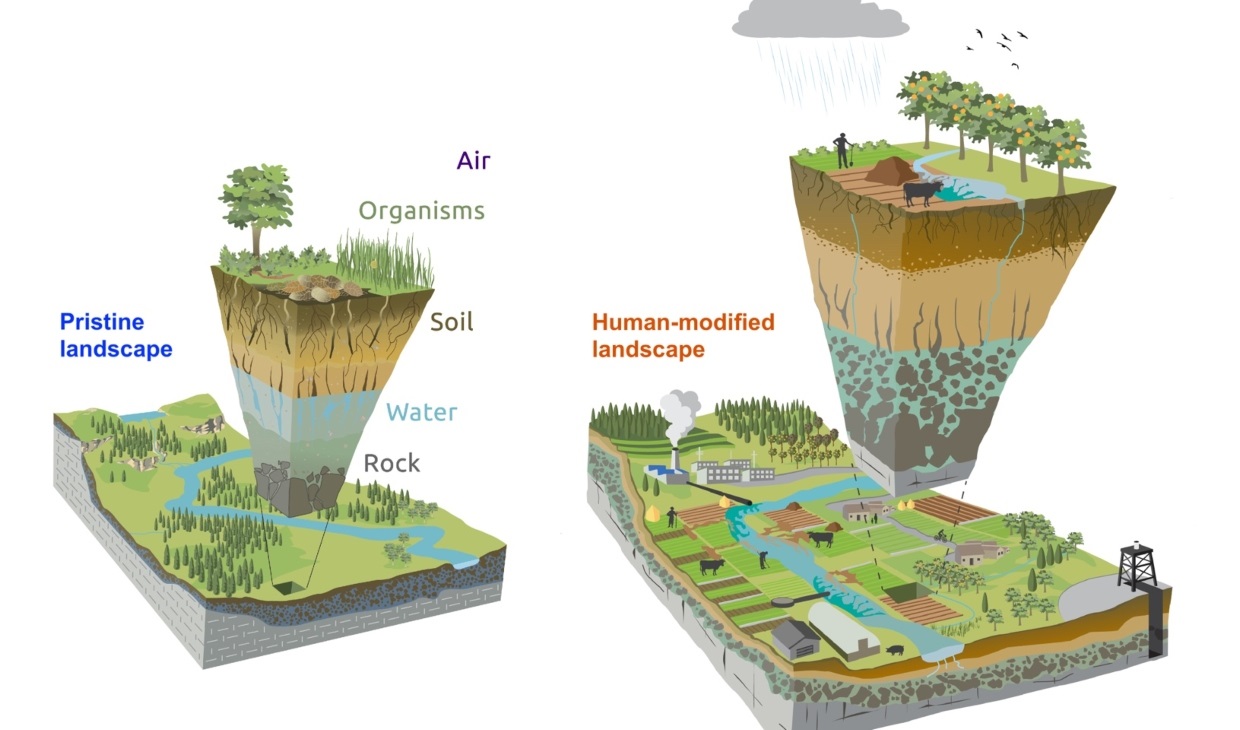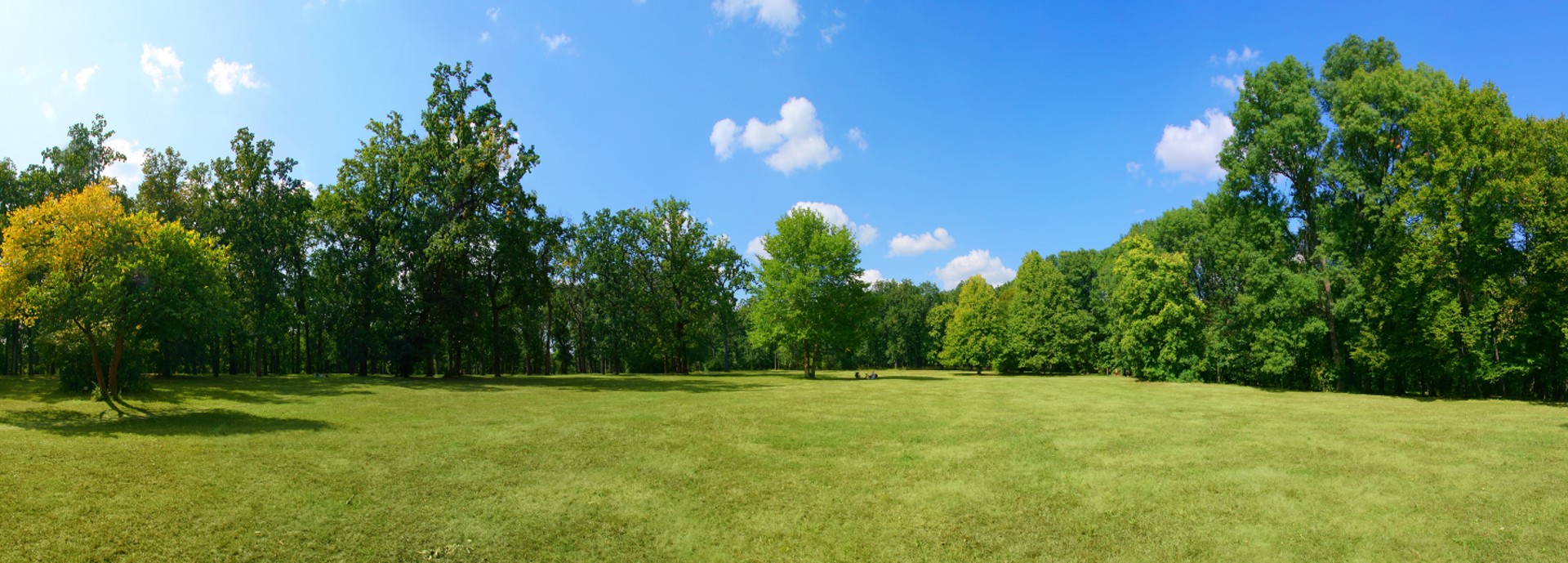Plans to tackle the impacts of climate change on food security must integrate local knowledge to help preserve the Earth’s critical zone, new research has warned.
The critical zone is the thin layer of the planet’s surface that stretches from the roots of drinking water aquifers to the tops of plants and trees. It supports and sustains animal and plant life by regulating the flow of water, greenhouse gases, nutrients and energy.
Access to food, drinking water and clean air depend on a well-functioning critical zone, but decades of human activity have degraded the zone’s condition around the world. A new paper has shown how the critical zone can be better managed and protected.
Professor David Oliver of the University of Stirling’s Faculty of Natural Sciences is among a team of researchers who contributed their expertise, which is based on their experience of working with farmers on land heavily altered by human activity.
Professor Oliver said: “Valuing local knowledge as expert data is crucial for helping to deliver successful critical zone science, enabling a more integrated approach to environmental management that recognises and responds to human influences in the landscape.
“Such advances in critical zone science help to support the decisions made by those responsible for protecting our land, air and water resources.”
The team’s insights are summarised in a new diagram, which seeks to visually convey human impact on the Earth’s critical zone more clearly than ever before.

The new diagram (on the right) seeks to visually convey human impact on the Earth’s critical zone. It is intended to replace the widely used diagram (on the left).
The researchers suggest that the new diagram should replace a widely used, more simplified graphic, introduced in 2007, which focused on the natural processes that shape the critical zone without addressing human impact on landscapes.
The new diagram is intended for use by academics across a range of fields for research and teaching purposes, by government agencies that fund science and landscape management, and in fundamental teaching resources such as textbooks. It more clearly shows how human activities like farming, mining, forestry and industry can contaminate water, cause soil erosion, and pollute the atmosphere.
The research is published in the journal Earth’s Future. A second paper, published simultaneously in the same journal, further outlines lessons from the researchers’ work with smallholder farmers in China and suggests new social science approaches to understanding the learning preferences of local people involved in Critical Zone Observatories.
Researchers from the University of Stirling, University of Glasgow, University of Aberdeen, University of Exeter, SRUC – Scotland’s Rural College, Queen’s University, Belfast, Peking University, Guizhou Medical University and the Chinese Academy of Sciences in China all contributed to the paper titled ‘Achieving sustainable Earth futures in the Anthropocene by including local communities in Critical Zone Science’.
The research was supported by funding from the Natural Environmental Research Council, China CZO and MIDST-CZO projects, along with the National Natural Science Foundation of China.

